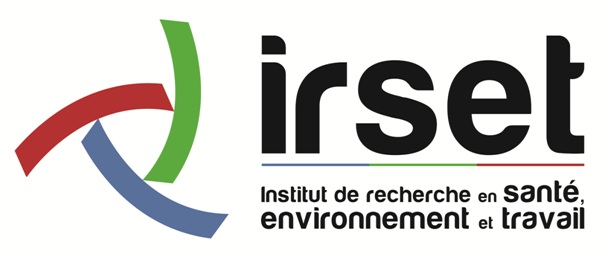Sources of variability in levels and exposure to trihalomethanes.
Résumé
In the framework of a cohort study of pregnant women conducted in Brittany (France), we assessed the exposure to trihalomethanes (THM) during pregnancy in a subset by evaluating (1) potential sources of variability in household THM levels; (2) the between- and within-subject variability in THM levels; (3) THM levels in swimming pools; and (4) the role of water-related habits on total THM uptake. We visited 109 women from the ongoing cohort study at home for an interview and collection of tap water from October to December 2004. Forty-three of them were re-contacted to obtain a second tap water sample in April-May 2005. We designed a questionnaire to collect individual information on source and amount of drinking water, frequency of showering, bathing, and swimming pool attendance, and household characteristics. We obtained 282 THM measurements, 152 specifically for the study and 130 from a regulatory agency. Personal information and environmental data were combined using two methodologies (method 1 using regulatory data and method 2 using our THM measurements) with a different set of assumptions. We calculated ingestion, showering, bathing, and swimming pool THM uptakes and added up those uptakes to calculate total THM uptake. Average THM levels from our measurements in October, November-December, and April-May were 61.3, 45.1, and 54.5 microg/l, respectively. Geographical variability was low and characteristics of the household did not influence THM levels. Within-subject variability in THM levels was three times higher than between-subject variability. Average THM level in swimming pools was 80.4 microg/l. Average water consumption during pregnancy was 1.9l/day. The source of the household drinking water was 90% bottled, 8% municipal, and 2% from other sources. Forty-seven per cent attended swimming pools during pregnancy. Using method 1, the geometric mean of total THM uptake was 0.93 microg/day. Showering contributed 64%, swimming in pools 23%, bathing 12%, and drinking water 1% to the total THM uptake. In a setting with low geographical variability and limited environmental measurements, individual data is highly relevant to determine personal THM exposure and uptake. In a population that mainly drinks bottled water (e.g., pregnant women), individual THM uptakes are dominated by inhalation and dermal absorption during, showering, swimming in pools, and bathing.
